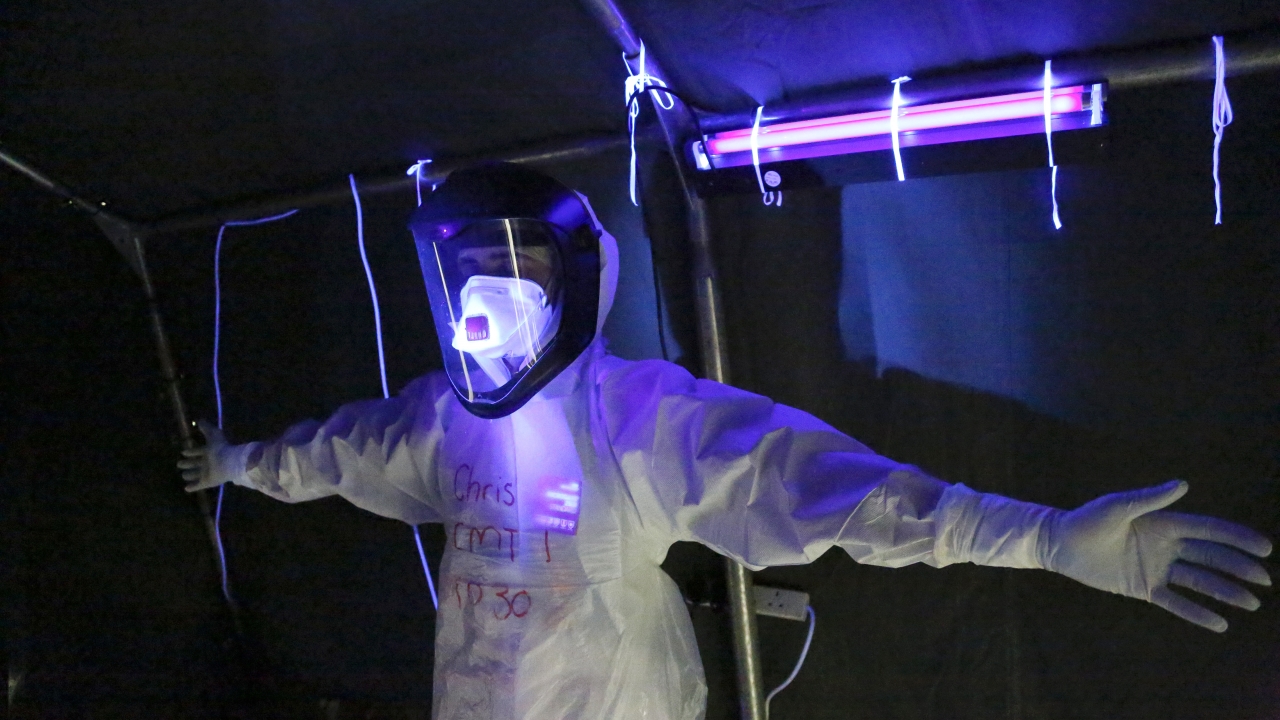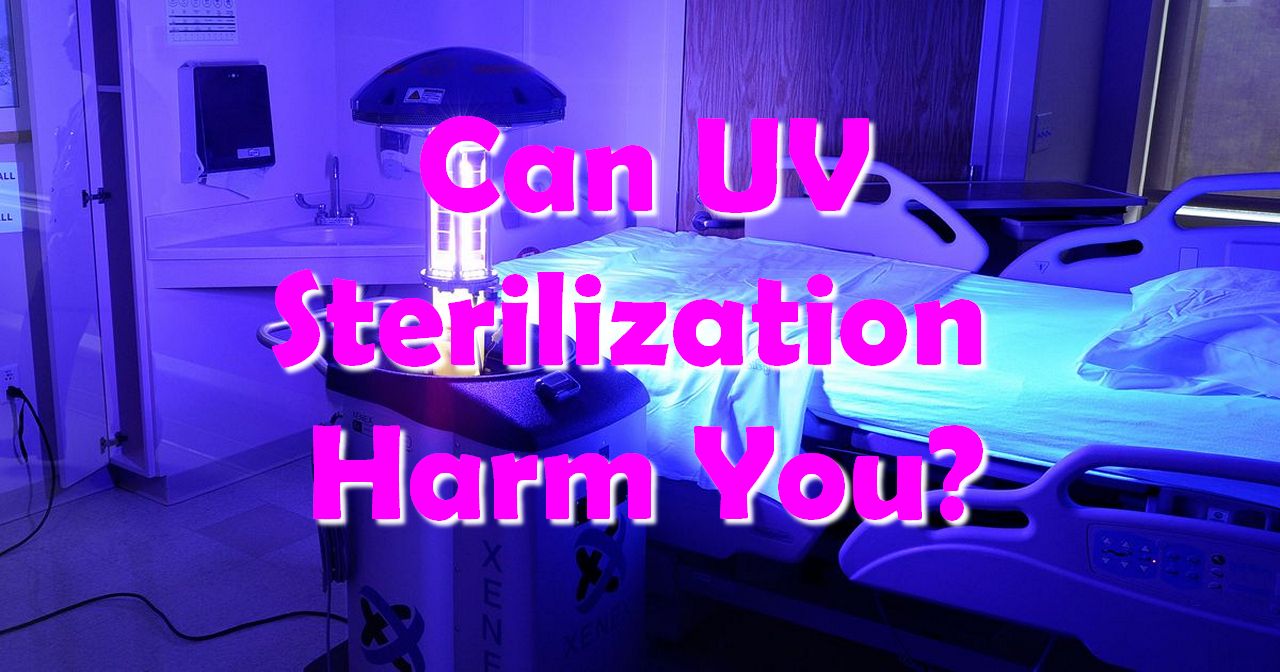Can UV Sterilization Harm You?
Manufacturing companies, hospitals, and organizations are seeking new effective ways to disinfect items moving in and out of their premises. This is in tandem with the global anxiety surrounding the COVID-19 pandemic. One of the more popular ways that have been gaining ground over the months is the use of UV sanitizers and UV light. Videos on the internet will reveal people and organizations used UV-based products to disinfect skin, clothing, and other objects.
However, this has also brought some concerns with health groups and authorities. Excessive exposure to UV rays has been reported to be the cause of some skin diseases. So, is UV sterilization the proper way to disinfect your household assets? Or could you be placing your employees and yourself at risk?
If you have the same questions, continue scrolling. This short read should be very educational to you.
Can UV rays kill germs?
To properly answer the question, we must first describe the components of UV rays. There are typically three types of UV rays:
- UVA rays. From measurements by equipment on the Earth’s surface, a large portion of UV rays that reach us is UVA rays. They have the lowest output of energy but are capable of penetrating the skin. The UVA rays are therefore associated with skin aging, wrinkles, and other skin damage.
- UVB rays. It the second strongest UV rays and is said to be responsible for sunburns and also some type of skin cancer.
- UVC rays. These are the strongest UV rays in the spectrum. Due to the design of the earth’s atmospheric system, the UVC rays are mostly absorbed by the ozone and every limited amount of it reaches us daily.
With advancements of technology, you can find devices that can reproduce the different types of UVC light. In the 19th century, scientists discovered a new use of UVC rays. Due to its energy output, UVC was determined to be a method of sterilization. It was able to kill microorganisms and also sanitize water. There were some microorganisms (parasites in particular) that were resistant to chlorine. UVC was introduced as a failsafe method in water sanitization.
Is UV sterilization harmful?
As noted in the breakdown of the type of UV rays, UVC has the highest energy output. If UVB is able to cause sunburns and other skin diseases, we can extrapolate the damage that exposure to UVC can have on the human body.
To handle UVC safely, you must wear special personal protection equipment (PPE). You also need substantial training to avoid exposure to it.
Therefore, while it is true UV rays, in particular UVC rays can disinfect your devices and surfaces, it is not recommended on your skin. This will increase the possibility of permanent damage to your skin as well as skin cancer.

